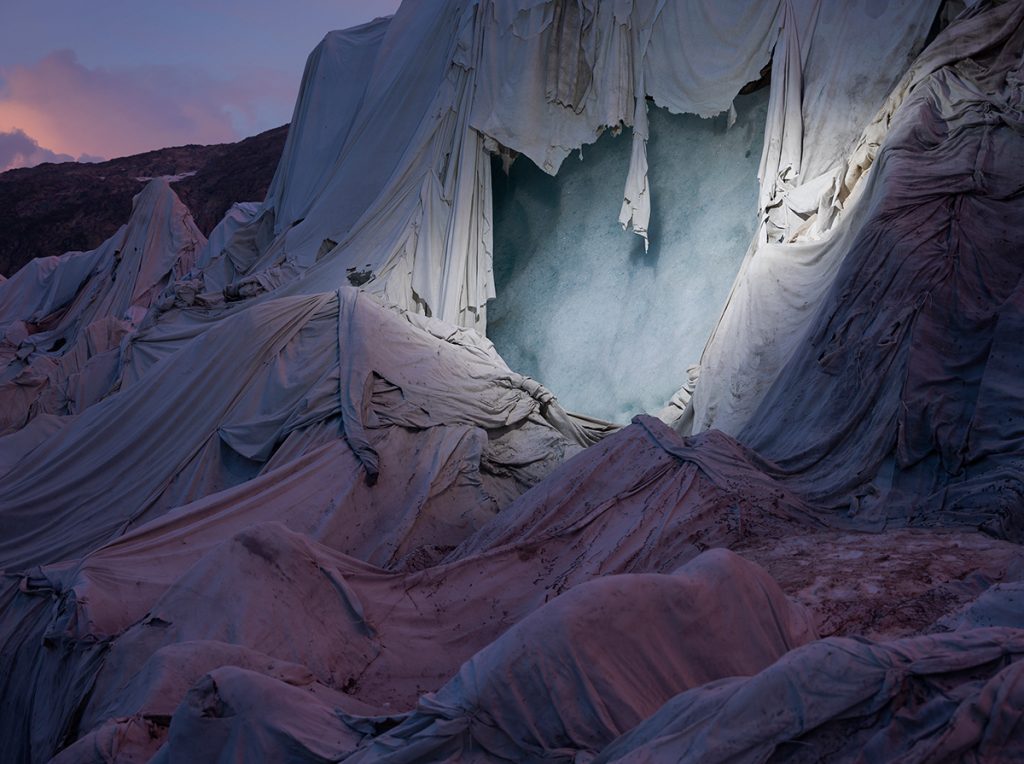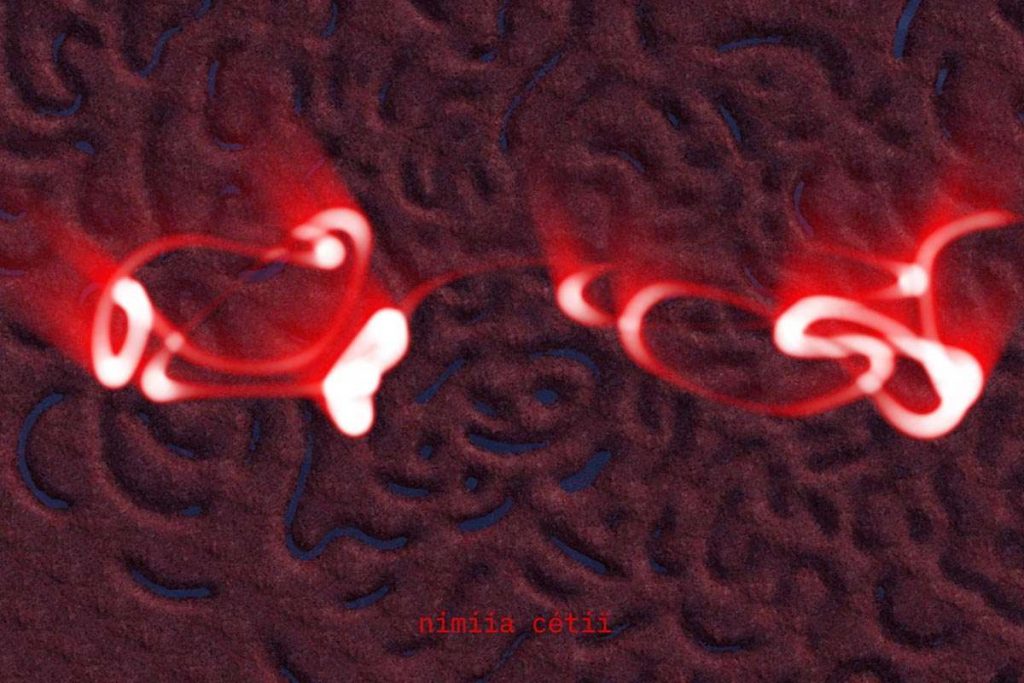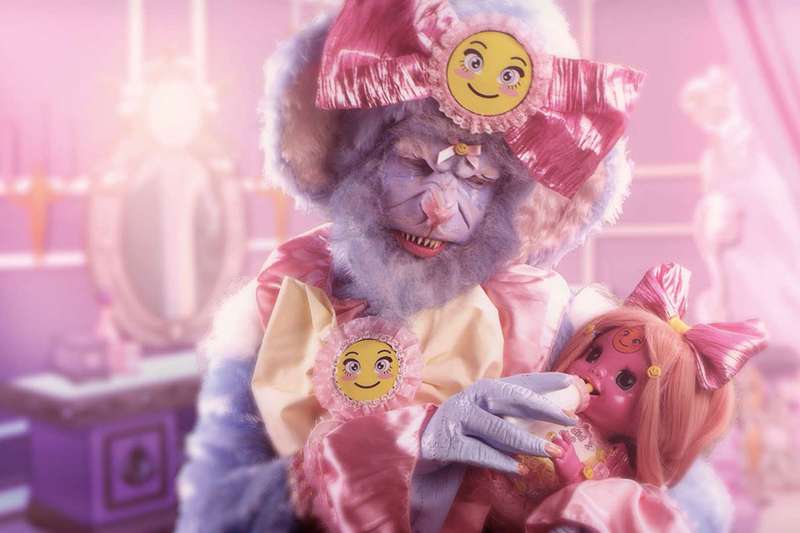 Happy Chat Beast tries to be good in Feed Me © 2013, Rachel Maclean
Happy Chat Beast tries to be good in Feed Me © 2013, Rachel Maclean
Popping along to the newly opened Science Gallery London and getting Hooked for New Scientist, 26 September 2018
IN THE spacious atrium of the new London Science Gallery, Lawrence Epps is tweaking the workings of a repurposed coin-pushing arcade game. It is part of the gallery’s first show, Hooked. He hands me one of 10,000 handmade terracotta tokens. Will I be lucky enough to win a gold-leafed token, or maybe one of the ceramic ones stamped with images of an exotic sunset? No.
Reluctantly (I’m hooked already), I leave Again and follow Hannah Redler-Hawes up the stairs. Hooked is Redler-Hawes’s responsibility. Fresh from co-curating [JOYCAT]LMAO at the Open Data Institute with data artist Julie Freeman, she took on the task of building London Science Gallery’s launch exhibition. She soon found herself in a room with six “young leaders” – selected from local schools in the London boroughs of Southwark and Lambeth – who, for the past year, have been shaping the direction of London’s newest public institution.
“We are not a neutral space,” she explains. “We’re interested in all the things that make simple facts hard to find. In a show about addiction, that means thinking seriously about all the personal and social factors that might drive people to harm.” And by people, Redler-Hawes means all of us.
Addiction, she argues, is a normal part of life. Every tribe has its social lubricants, and, as she points out, “we are creatures who like to explore, who like pleasure, who like extending our boundaries intellectually, emotionally and physically, and we are also creatures who aren’t that fond of pain, so when we encounter it we look for an escape route”.
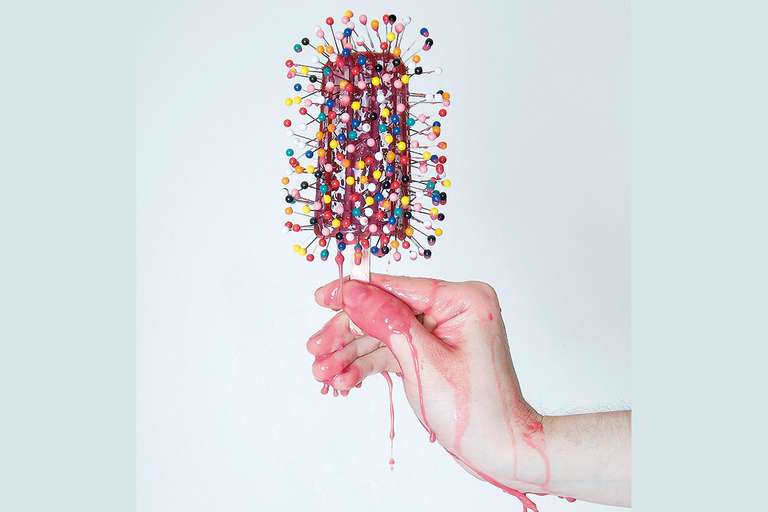
A visit to Hooked becomes increasingly unnerving, as one by one you identify all the apparently innocuous corners of your own life that contain at least an element of addictiveness, from caffeine to Facebook. That journey begins with the show’s iconic image, a lolly-turned-pincushion from the series Another Day on Earth by Olivia Locher, whose work explores the moment when getting what you want becomes taking what you can’t help but take.
The Science Gallery ethos is to leave its visitors with more questions than answers. It is there to pique curiosity, rather than address ignorance. The success of this approach, pioneered by Science Gallery Dublin in 2008, can be measured by the project’s rapid expansion. There are Science Galleries planned for Bangalore this year, Venice in 2019 and Melbourne in 2020, not to mention pop-ups everywhere from Detroit to Davos.
Science Galleries do not amass private collections. Each show is curated by someone new, displaying work from art, science, engineering and territories that, frankly, defy classification. Shows already announced for London include explorations of dark matter and prosthetics. That latter show, explains the gallery’s departing director Daniel Glaser, is going to be very hands-on. A different proposition to Hooked, then, which is about international art and curatorial rigour.
Glaser joins our exploration of the wet paint and bubble wrap of the half-assembled exhibition. Among the more venerable pieces here are Richard Billingham’s films from the late 1990s, capturing the gestures and habits of life on benefits in the deprived corner of West Bromwich, UK, where he grew up. Smoking, snorting, hammering away at a PlayStation might be addictive behaviours, or might become addictive, but the films remind us they are also ways of dealing with boredom. They kill time. They are ordinary activities, and of obvious utility.
“We’re all users, which means we’re all at risk of tipping into harm,” says Redler-Hawes. “Addiction is a natural part of being human. It’s a problem when it’s harming you, but when that happens, it’s not just you that’s the problem.”
This point was brought sharply into focus for her when she discussed addiction with the gallery’s young leaders group. “My idea of addiction was a forty-something in a room unable to work, but these young people were absolutely engaged and a bit afraid that so much of the environment they had grown up in was very obviously vying for their attention, and quite literally trying to get them hooked.”
Naturally enough, then, online experiences feature heavily in the exhibition. Artist Rachel Maclean‘s celebrated and extremely uncanny film Feed Me (2015) is a twisted fairy tale where ghastly characters communicate in emojis and textspeak, as each pursues a lonely path in search of the unattainable.
More immediate, and more poignant from my point of view, is a new video installation by Yole Quintero, Me. You. Limbo, which very quickly convinces you that your phone is much more a part of you than you ever realised. Anyone who has had a relationship decay into a series of increasingly bland WhatsApp messages will get it. “A lot of these pieces are about love,” Redler-Hawes comments, quietly.
Although the emphasis here is on established artists, there are pieces that point to just how mischievous and hands-on this institution is likely to become in the years ahead. Katriona Beales‘s Entering the Machine Zone II is a new commission, developed with the assistance of Henrietta Bowden-Jones, founder of the first NHS gambling clinic. It is the world’s most pointless video game – though I defy you to stop playing once you have started. It propels you with frightening rapidity towards the dissociative state that, for gamblers in particular, is the real attraction of their vice – far more addictive than the promise of money.
It is also the state one achieves when climbing a demanding learning curve. Addiction in the guise of flow isn’t bad. Though then, of course, we call it passion. Not everyone will be comfortable with this show’s broad definition of addiction. But there’s nothing lazy about it. If the show doesn’t change your mind, it will certainly have sharpened your opinions.
The tour done, Glaser takes me around the building itself – a £30 million development that has transformed a car park and an underused wing of the original 18th-century Guy’s Hospital into a major piece of what the papers like to call “the public realm”. What this boils down to is that people come and eat their lunches here and find themselves talking to lively, well-briefed young people about curious objects that turn out to be about topics that don’t often come up in ordinary conversation.
Accessibility here is about more than wheelchairs, it is about ensuring that the people who used to visit the McDonald’s that formerly occupied the cafe area can still find affordable food here. This is important: there is a hospital next door, and streets full of people desperate for a steadying cup of tea. It is about building a terrace around the gallery’s 150-seat theatre, so you can come in and see what’s going on without finding yourself intruding or getting trapped in something you’re not interested in. It is about getting into conversations with the staff, rather than being approached only when you are doing something wrong.
Glaser, who has spent the past five years directing this project, is a neurologist by trade, and is keenly aware what a difference this space will make to researchers at King’s College London, the university associated with Guy’s. These days, knowing how to communicate with the public is a key component to securing funding. With this Science Gallery, Glaser tells me, “a major world university is turning to face the public. It’s becoming an asset to London. We’re a part of the city at last.”



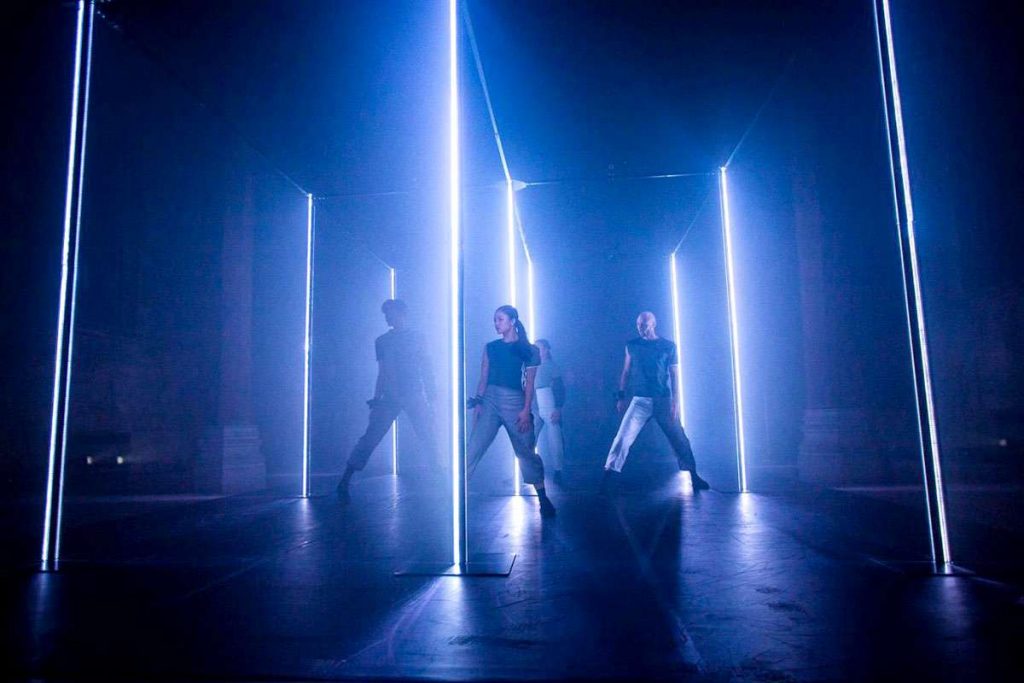





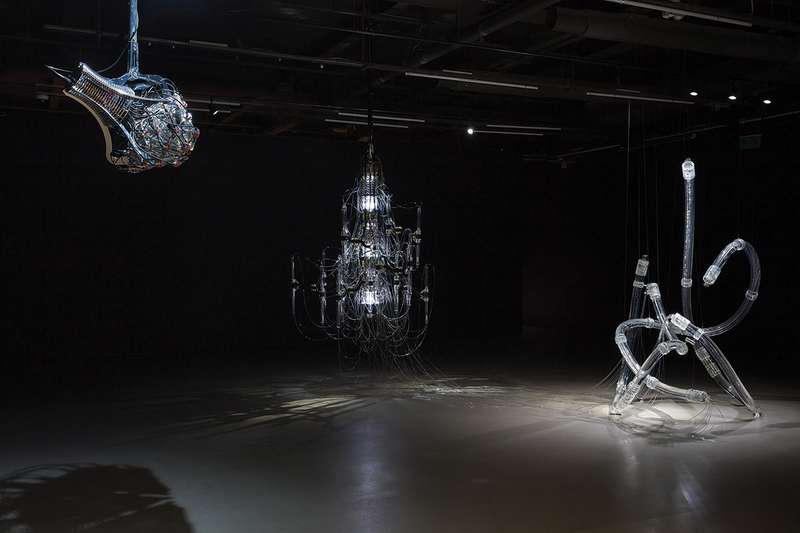

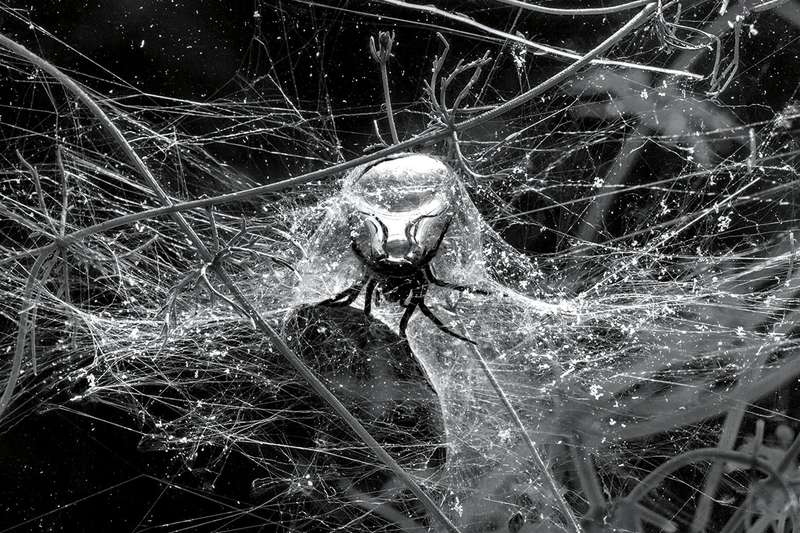

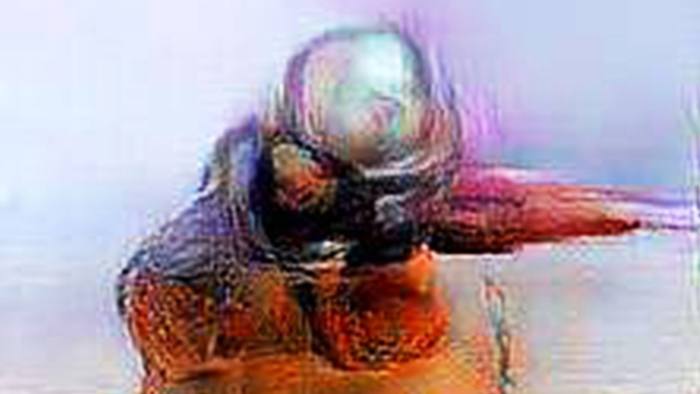
 Happy Chat Beast tries to be good in Feed Me © 2013, Rachel Maclean
Happy Chat Beast tries to be good in Feed Me © 2013, Rachel Maclean
